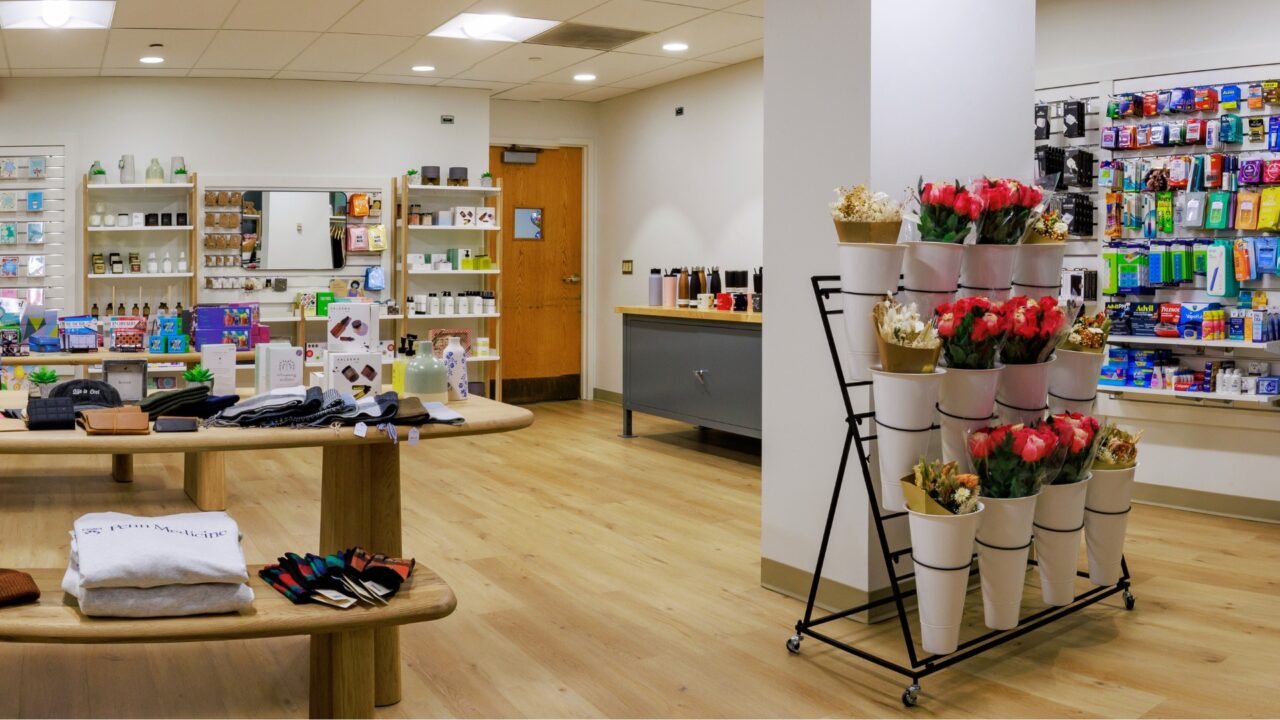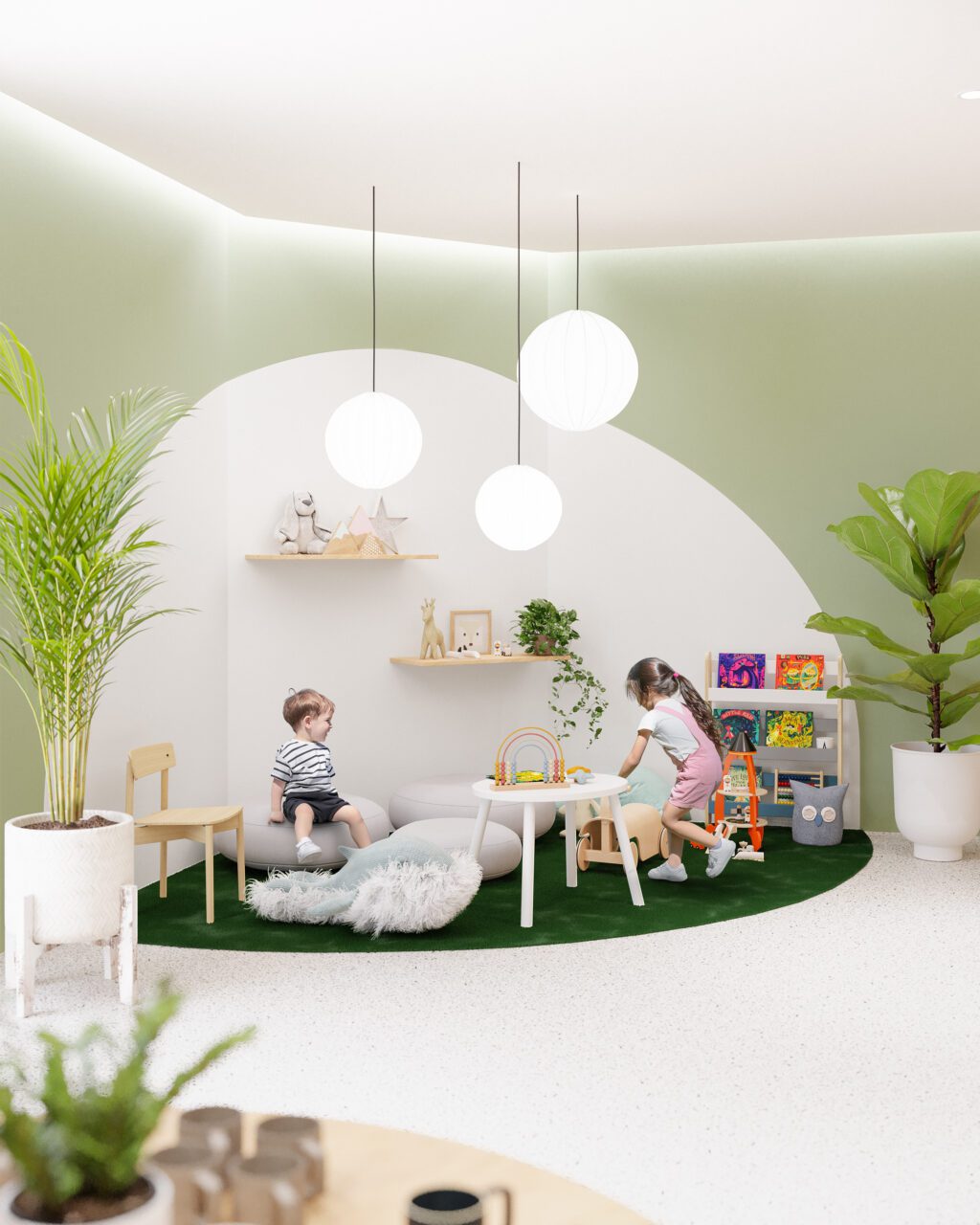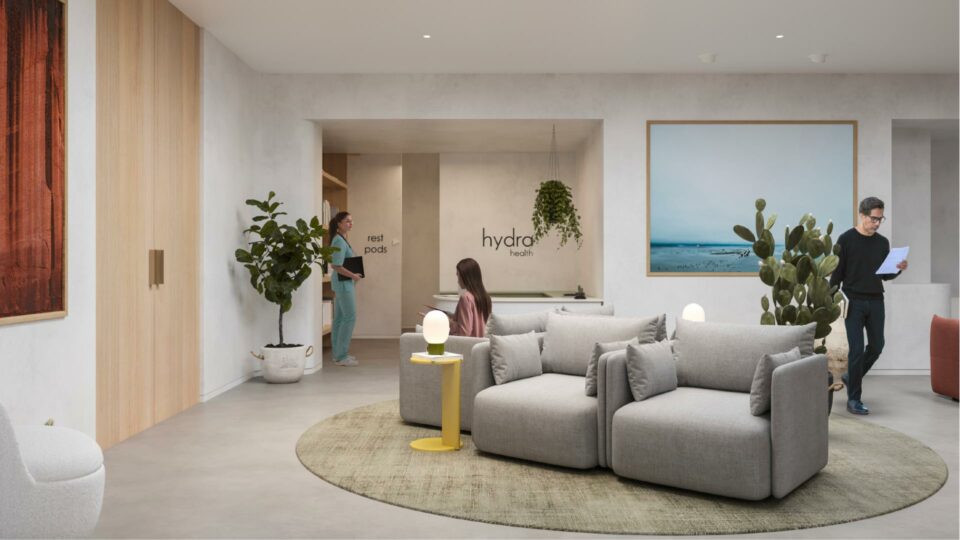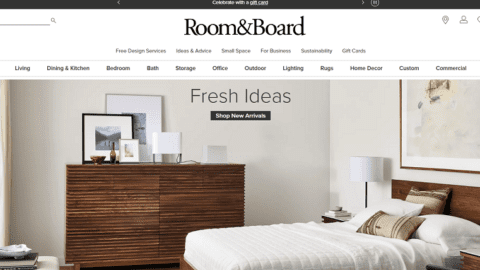Hospitals and medical campuses typically look at retail as an essentially insignificant element in their patient, visitor and employee experiences. That translates into gift shops and cafeteria spaces that are often sterile environments featuring the same mediocre-quality products and pre-packaged foods. Marie Kloor and her firm, Hydra Health, are focused on changing that.
“Our mission is to transform spaces that have traditionally been kind of an afterthought and turn them into beautiful, customer-centric and revenue-generating spaces,” Kloor said in an interview with Retail TouchPoints. “Most funding goes into clinical operations, but a huge part of your experience of being on site is non-clinical, and it’s low-hanging fruit to really rethink hospital retail.”
Taking inspiration from the spa and wellness markets, Hydra Health aims to bring innovation into hospitals and medical campuses, transforming their retail spaces into high-value, amenity-driven environments. As part of HHP (Health Hospitality Partners), a healthcare amenities company, Hydra Health has implemented its experience model inside the Geisinger Henry Cancer Center in Wilkes-Barre, Pa. and Penn Medicine’s Hospital in Philadelphia, with plans for further expansion in 2024 and beyond.
“We focus on bringing in a retail experience that feels modern and value-additive to the employees, patients and visitors on-site,” Kloor explained. “And then we expand that to create amenities that actually serve and provide what people need.”

Applying ‘Retail 101’ to Healthcare Environments
Because these spaces are often volunteer-driven and are sometimes perceived by leadership as a cost center, Hydra Health has developed a business model in which it funds the build-out and design of the spaces and develops a revenue- and profit-sharing model with the healthcare facility.
“We’re not asking for an investment from the hospital because we know they already have a lot of other things they’re using their budgets for, and we also have certain brand and design standards we want to uphold,” Kloor said.
Stores also include a curated product mix that includes personal care items, apparel, snacks and refreshments, books, magazines and gifts, to ensure there’s an array of products that meet the needs of all possible visitors. The key is getting the “fundamentals” of good retailing right, according to Kloor.
Advertisement
In typical gift shops, “you see a lot of things behind glass display cases, but what people are usually looking for is some deodorant or even a hairbrush,” she said. “So what we’ve done, which is kind of Retail 101, is see who our users are, apply more of a design-thinking approach, and then build our product selection and stores around the users. [This approach] then ends up generating more revenue for the hospital. So we’re coming from a cost center [and moving] to a profit center. While this model is new and innovative for the hospital and healthcare industry, it is, in a sense, applying some of the most basic retail principles.”
To ensure they’re focusing on the right products and experiential elements, Hydra Health conducts a series of focus groups with people it knows will be using the spaces daily. However, interviewing patients and visitors is difficult due to HIPAA rules, so the team extensively engages with guest services and patient advocates within the hospitals and medical campuses. This data informs how diverse assortments need to be, because these stores serve both long-term stays, which sometimes require needs like sleepwear and bedding, to short-term needs like toothbrushes and denture glue.

Creating an ‘On-Site Respite’
Patients, visitors, nurses and doctors will doubtless agree that medical environments can sometimes feel emotionally draining and overwhelming. That is why taking cues from spas and wellness spaces is so critical to Hydra Health’s design aesthetic. With soft lighting, neutral color palettes, rich textures and uncluttered displays, the spaces are designed to feel welcoming and light.
“Our goal is that, when people walk into our stores, they know they’re in a non-clinical space,” Kloor said. “We design our stores so that they could fit in downtown Manhattan or a cute boutique area; we do not follow the hospital design guidelines.”
Lighting is especially crucial, since natural light is often lacking in these spaces, Kloor noted. “We’re often in an interior area so it’s all about making things feel light and bright, leading with a more welcoming experience and removing the yellow lights that you find in clinical settings. We also think about texture and adding greenery [real or fake] wherever possible.”
Depending on the distinct needs of a specific community, Hydra Health also can include amenities and services such as lounge spaces, lactation rooms, beauty bars, fitness suites, play areas for kids and even respite rooms for nurses and doctors to disconnect. One thing that Kloor and her team discovered in their focus groups is that, while all facilities and medical centers put patients and visitors at the center of their retail and cafeteria design processes, they often overlook what their employees want.
“About 80% of our repeat users are the employees and staff, so bridging that gap, and building these spaces for the employees that are going to be there not only every day, but multiple times a day, is a little bit different than [traditional] retail settings,” Kloor said. “You hear a lot about nurses being on strike and employees getting burnt out in healthcare settings, and [the reality is] they’re eating out of vending machines, they’re having stale coffee…[the question becomes], what can we do to help create these experiences that are going to help attract and retain employees as well as help manage clinical operations?”
Design concepts and even merchandise assortments are further customized based on the facility’s geographic location. For example, at Penn Medicine in Philadelphia, there is a corner dedicated to Philly sports, while the cancer center in Northeastern Pennsylvania has a relaxing lounge space and even a beauty bar with non-toxic products and wigs for cancer patients.
“We wanted people to feel like if they needed a break from the clinical side of things, they could come in and lounge,” Kloor explained. “We also have respite rooms open to staff, patients and visitors to come take a nap or just have a moment. I think staff uses them to take a break and have active recovery. When you’re on a shift in a hospital, you’re never off; but with these spaces, you can remove yourself and have a chance to be refreshed.”
Taking a Data-Driven Approach to New Formats
While Hydra Health takes many of its design cues from high-end fashion boutiques and spas, Kloor also is inspired by more utilitarian formats and experiences, especially to serve nurses, doctors and other hospital employees.
“We’ve taken some inspiration from a more modern airport for those who are walking through and need something in a pinch,” Kloor said “They’re not necessarily looking for a drawn-out shopping experience, so we’re trying to merge in that modern airport convenience.”
For example, offering fast and convenient payment experiences via mobile devices or even employee badges takes cues from airport retail’s “scan and go” models. Hydra Health is strategizing a “next iteration” format concept that includes different fully automated stores and other tech-driven spaces.
“For the future, we’re looking at a hub-and-spoke model, where we have this Hydra Health core retail shop and then have outposts in other areas of the hospital, where it’s a micro-market that is all self-checkout or that uses video camera technology, or a kiosk that can pop up in different areas of the hospital for different occasions,” Kloor explained. “Although we want to be a hub, we can’t reach every area now.”
Hydra Health uses (and will continue to use) data to inform which models work and where there is future opportunity for experience innovation. The company measures success by looking at trends among its different users groups: Hospital staff and employees, hospital visitors and patients. Then the Hydra team can drill into top-performing categories and use traditional retail metrics, such as monthly performance and revenue per square foot, to further optimize the store layout, experience and services.
Although profit is a key metric, Hydra Health doesn’t plan to lose sight of its North Star: loyalty. To keep a close eye on this, the company has implemented various channels for its diverse consumer base to share thoughts, opinions and general feedback.
“We have rewards cards, we do community programming, we have suggestion boxes and a QR code people can scan to share their feedback,” Kloor noted. “We want to maximize revenue and have the products that people need, but we also want to make sure that we have approachable pricing and are best serving the people who are our customers.”









